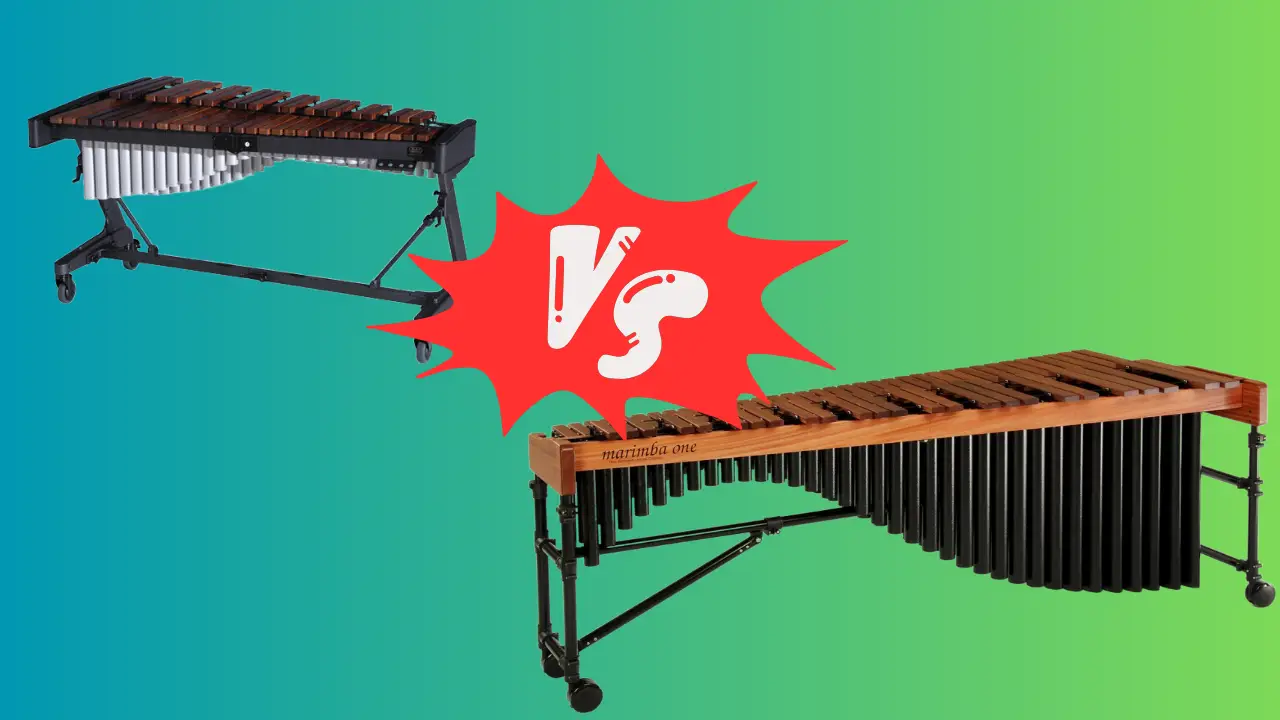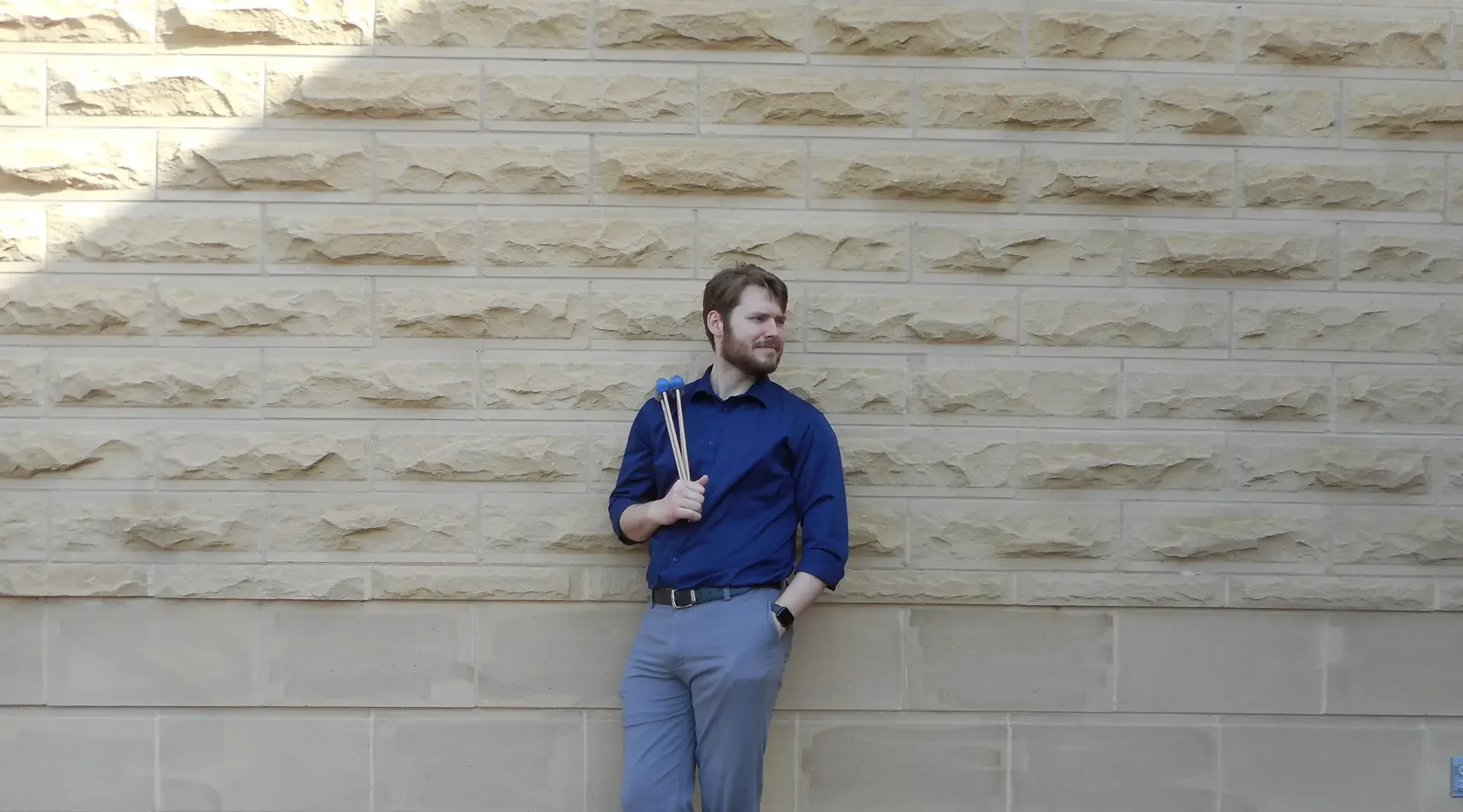Six Difference between Xylophone & Marimba
- July 29, 2025
- 8 min read

Let’s be honest, does every keyboard in the percussion section look like a xylophone to you?
Not anymore! Today I’ve got a list of six differences between a xylophone and a marimba so that you never second-guess yourself again.
Keep reading to learn more.
What are the differences between xylophone and marimba?
1. The marimba is much larger than the xylophone.

The marimba is most commonly 4 1/3 octaves, while the xylophone typically comes in at 3½ octaves. Because of the extended range, marimba has a variety of two and four mallet solo repertoire, while it’s rare for the xylophone to have anything other than two mallet rep.
2. The xylophone has substantially smaller resonators than the marimba.
The purpose of resonators is to allow the note to resonate fully after the bar is struck with a mallet. This is not to say that resonators lengthen the time a note sustains, but rather amplifies and enrichens the sound produced.
Lower notes require longer resonators for optimal sound quality. Since the xylophone sounds an octave higher than is written, the resonators don’t need to stretch all the way to the floor, like they do on marimba. To learn more about resonators, Yamaha has an excellent article on them.
3. Both xylophone and marimba are made of rosewood, though they can also be made of other synthetic material.
Both instruments are part of the “woods” sub-section of our keyboards, and sound best when they are made of rosewood, but they can also be made of synthetic materials such as fiberglass, Acoustalon, or Kelon to be more affordable and durable.
4. The xylophone has a much more distinct and staccato (short) sound than the marimba.
The xylophone has hard tones and the marimba has soft tones. It is for this reason why the marimba can blend so easily with woodwind or string parts while the xylophone stands out.
5. Xylophone is played with rubber, plastic, or wood mallets, but the marimba is typically played with yarn or cord.
The bars of a marimba are much thinner than the xylophone, so playing one with a material such as plastic or wood would damage the keys. On top of this, most xylophone parts are written with plastic or wood mallets in mind due to the distinct sound of the xylophone.
*Marimba can be played with rubber mallets, but playing with plastic or wood will damage the board.
6. The xylophone is rarely played with four-mallets, while it is common on marimba.
Xylophone is traditionally a two-mallet instrument.
These are just a few of the differences and similarities between the xylophone and marimba. To learn more about the differences, click here for another Yamaha article outlining the two instruments.
Videos
For reference, below are two videos of me playing, one on marimba and the other on xylophone (+two marimbas accompanying!).
Notice the tone differences of the two instruments and the techniques that I lean into for both instruments. How are they different? How are they the same?

